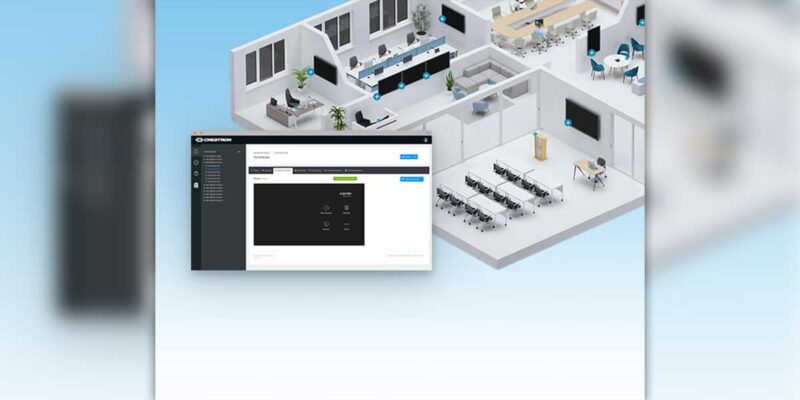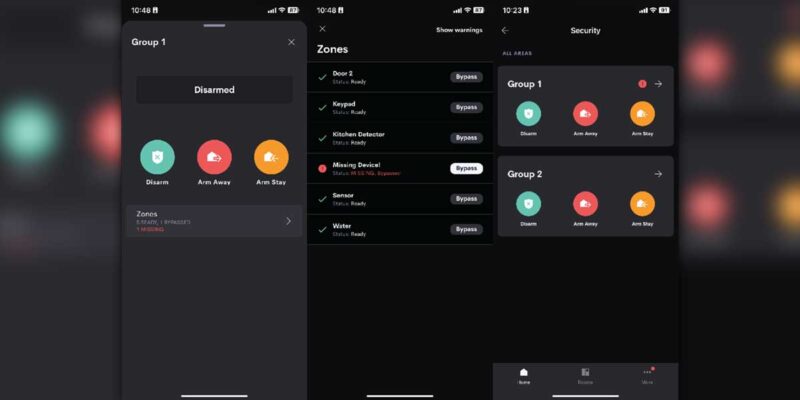A Scattered Mind
 I am not sure if it is the holiday season, a busy schedule or something completely different, but my mind has been very scattered over the past few weeks. As such, I thought the only way I could write a column this month is if I embraced that scattered mind, and wrote a column that represented it. So, here are some random thoughts that have been running through my mind.
I am not sure if it is the holiday season, a busy schedule or something completely different, but my mind has been very scattered over the past few weeks. As such, I thought the only way I could write a column this month is if I embraced that scattered mind, and wrote a column that represented it. So, here are some random thoughts that have been running through my mind.
Arrive announced a stand alone device to schedule rooms. It is similar to products previously released by Crestron and SteelCase. However, the Arrive InfoPoint allows for integration with Google Calendar and a stand alone device. This is interesting for those in education, as we always struggle with room schedules and knowing whether you can walk into a room when it is empty, or if a meeting or class is about to start up. Previous systems have required large back end systems, or have only integrated with a specific calendaring system, like Microsoft. This system, at a very reasonable price, allows you to implement this system in a few spaces and see how it works. That ability to “dip your toe in the water” is huge for a school that does not want to invest ten of thousands into a system that may not work for them.
Crestron recently announced the release of a streaming input card for its DM switchers. This is intended partially to match up with its streaming output card, but also allows the DM switcher, and therefore the entire AV system, to accept any H.264 video stream. This could be from a class capture system, a security camera or any internet stream that is H. 264. Also, it is helpful to know that Crestron’s Capture HD system can also send and receive H.264 streams. This was included in one of the myriad of firmware updates to the product over the past couple of years. Both of these release seem to have gotten little press, but have some major implications for your systems. By combining these products you can easily transfer video from any classroom or meeting room on your campus to any other space, whether on campus or off. This has implications for distance learning, along with simple overflow needs on your campus.
In 1998, Bates College built a new academic building and we wanted to have this ability inside of that building. It required coax connections to every room, complex switch boards and quite frankly, was never used — mostly because it was so complicated no one ever bothered to learn how to do it. Also, it would only carry composite signals, so we did not have the ability to transmit a computer presentation. Not anymore, now, if there is an Ethernet connection in a space, you can send various video signals around the world easily. Paired up with cameras and microphones that are already in your rooms for class capture, you suddenly have a robust overflow system in place. These are some products that need to end up on your R&D benches, if not in your spaces.
Speaking of Crestron, we were all saddened to learn about the passing of George Feldstein in early November. There are several amazing things about this man. First, is that just about every person in the AV industry has a story about him. He was that accessible and that humble. I could (and did) walk up to him at InfoComm and have a conversation. Think of that, just a regular person, walking up to the owner of a multi-million dollar company and having a conversation. He was not interested in whether I was a sales person, or could make his company money. He was interested in talking about technology and how we use it. Amazing. As I have written in past articles, I can not even get sales reps, that is people whose JOB it is to contact me, to do so. But here was George Feldstein, perfectly content to spend time with just a regular guy.
A second amazing thing for me about Feldstein is the type of leader he was. I like to read about great leaders, and think about what they do that makes them great. The information I have on Feldstein is is second hand knowledge from working with people at Crestron and observing the industry for years. It is clear that Feldstein loved his company. More importantly he loved it enough that he knew when to step back to ensure the future success of the company. We look at other leaders, both in the industry and outside of the industry, who are interested in their personal success. In those situations there is significant concern about who will lead a company, and who will innovate for that company after they leave. Mr. Feldstein was a strong leader because he prepared for that inevitable time. He prepared his company, and trusted his employees to do what they do best. He appointed leaders to take his place, and already had a large number of engineers working on the products of tomorrow. The true example of his leadership will be four to five years down the road, when Crestron is still the powerhouse in AV that it is today. I would love it if someday a biography was written about Mr. Feldstein that gave us all the opportunity to learn from him one more time.





